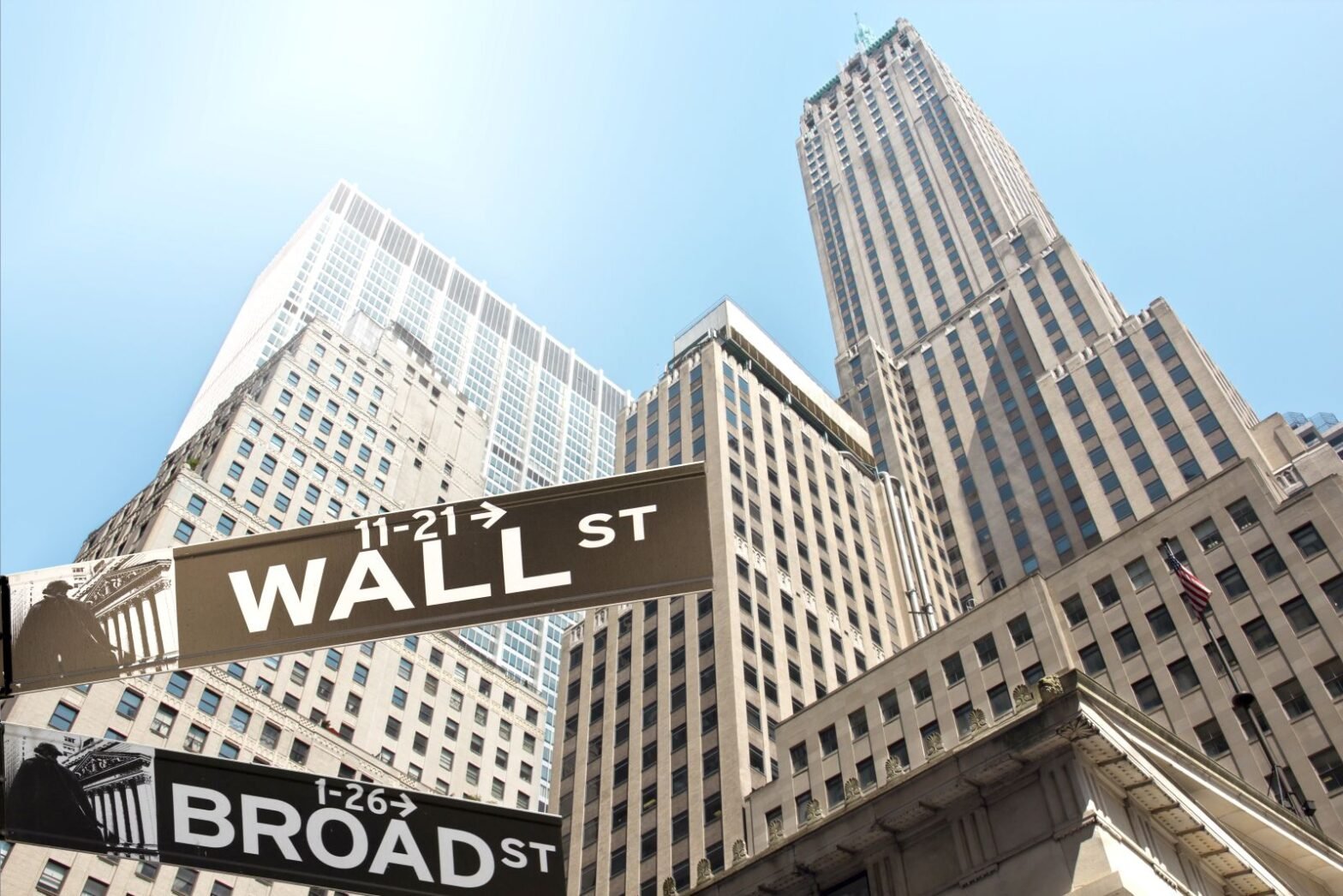- India’s Nifty and Sensex are set for a negative start on Tuesday, tracking mixed global cues, negative Gift Nifty futures.
- Nifty and Sensex suffered on Monday to close in the red amid declines in metal and pharma sector stocks.
- All eyes now remain on US PCE inflation data, India’s Q3 GDP and monthly derivatives expiry due later this week.
The Sensex 30 and Nifty 50, India’s key benchmark indices, are set to open mixed to lower on Tuesday, following Monday’s nearly 0.50% decline.
Early Tuesday, Asian markets took the negative lead from Wall Street overnight to trade mixed while Gift Nifty futures drop 0.25% on the day so far. Both these factors indicate a tentative open for the Indian indices.
Indian traders remain jittery ahead of India’s third-quarter Gross Domestic Product (GDP) data and the expiry of monthly derivatives contracts due later this week.
The National Stock Exchange (NSE) Nifty 50 and the Bombay Stock Exchange (BSE) Sensex 30 lost nearly 0.45% on the day to settle at 22,122.05 and 72,790.13 respectively.
Stock market news
- Nifty and Sensex bore the brunt of the sharp declines in the metal and pharma sector stocks on Monday.
- On Monday, top gainers on Nifty were Powergrid, L&T, SBI Life Insurance, Adani Enterprises and Tata Consumer Products. Meanwhile, the top losers included Hindalco, Divislab, Tech Mahindra, Asian Paints and Apollo Hospitals.
- Key corporate news: TVS Motor launched TVS HLX variant HLX 150F.
- Vodafone Idea’s Board to chart large fundraising plan in a few months, CNBC-TV18 reports, citing sources.
- China’s Commerce Ministry said on Monday, “the US falsely claims that China has created ‘overcapacity’, which fully reflects the US side’s unilateralism and hegemonic behavior.”
- Separately, China’s authorities said that the Fujian Coast Guard is boosting patrols in waters near Taiwan’s Kinmen islands “to strengthen law enforcement inspections in key areas.”
- The US stock markets in the red on Monday. US stock futures are trading 0.06% lower on the day, at the press time.
- Last week, Nifty and Sensex traders took account of the mixed Indian and US preliminary business PMI data and a hawkish Minutes of the Reserve Bank of India (RBI) February meeting.
- Data published by HSBC Bank showed on Thursday that India’s Manufacturing Purchasing Managers’ (PMI) Index dropped from 56.9 in January to 56.7 in February. Meanwhile, the Services PMI rose to 62.0 in the same period vs. 61.8 previous. The Composite PMI stood at 61.5, as against the previous reading of 61.2.
- In the RBI Minutes, Governor Shaktikanta Das stated that ‘’at this juncture, monetary policy must remain vigilant and not assume that our job on the inflation front is over. We must remain committed to successfully navigating the ‘last mile’ of disinflation which can be sticky.”
- S&P Global Manufacturing PMI improved to 51.5 from 50.7 in February, while S&P Global Services PMI edged lower to 51.3 from 52.5.
- Attention now turns toward the US PCE inflation data and India’s Gross Domestic Product (GDP) data due later this week.
- Markets are currently pricing in just about a 20% chance that the US Federal Reserve (Fed) could begin easing rates in May, much lower than an over 90% chance a month ago, according to the CME FedWatch Tool. For the June meeting, the probability for a rate cut now stands at about 70%, down from 77% seen a few days ago.
Sensex FAQs
The Sensex is a name for one of India’s most closely monitored stock indexes. The term was coined in the 1980s by analyst Deepak Mohoni by mashing the words sensitive and index together. The index plots a weighted average of the share price of 30 of the most established stocks on the Bombay Stock Exchange. Each corporation’s weighting is based on its “free-float capitalization”, or the value of all its shares readily available for trading.
Given it is a composite, the value of the Sensex is first and foremost dependent on the performance of its constituent companies as revealed in their quarterly and annual results. Government policies are another factor. In 2016 the government decided to phase out high value currency notes, for example, and certain companies saw their share price fall as a result. When the government decided to cut corporation tax in 2019, meanwhile, the Sensex gained a boost. Other factors include the level of interest rates set by the Reserve Bank of India, since that dictates the cost of borrowing, climate change, pandemics and natural disasters
The Sensex started life on April 1 1979 at a base level of 100. It reached its highest recorded level so far, at 73,328, on Monday, January 15, 2024 (this is being written in Feb 2024). The Index closed above the 10,000 mark for the first time on February 7, 2006. On March 13, 2014 the Sensex closed higher than Hong Kong’s Hang Seng index to become the major Asian stock index with the highest value. The index’s biggest gain in a single day occurred on April 7, 2020, when it rose 2,476 points; its deepest single-day loss occurred on January 21, 2008, when it plunged 1,408 points due the US subprime crisis.
Major companies within the Sensex include Reliance Industries Ltd, HDFC Bank, Axis Bank, ITC Ltd, Bharti Airtel Ltd, Tata Steel, HCL Technologies, Infosys, State Bank of India, Sun Pharma, Tata Consultancy Services and Tech Mahindra.
Information on these pages contains forward-looking statements that involve risks and uncertainties. Markets and instruments profiled on this page are for informational purposes only and should not in any way come across as a recommendation to buy or sell in these assets. You should do your own thorough research before making any investment decisions. FXStreet does not in any way guarantee that this information is free from mistakes, errors, or material misstatements. It also does not guarantee that this information is of a timely nature. Investing in Open Markets involves a great deal of risk, including the loss of all or a portion of your investment, as well as emotional distress. All risks, losses and costs associated with investing, including total loss of principal, are your responsibility. The views and opinions expressed in this article are those of the authors and do not necessarily reflect the official policy or position of FXStreet nor its advertisers. The author will not be held responsible for information that is found at the end of links posted on this page.
If not otherwise explicitly mentioned in the body of the article, at the time of writing, the author has no position in any stock mentioned in this article and no business relationship with any company mentioned. The author has not received compensation for writing this article, other than from FXStreet.
FXStreet and the author do not provide personalized recommendations. The author makes no representations as to the accuracy, completeness, or suitability of this information. FXStreet and the author will not be liable for any errors, omissions or any losses, injuries or damages arising from this information and its display or use. Errors and omissions excepted.
The author and FXStreet are not registered investment advisors and nothing in this article is intended to be investment advice.
















